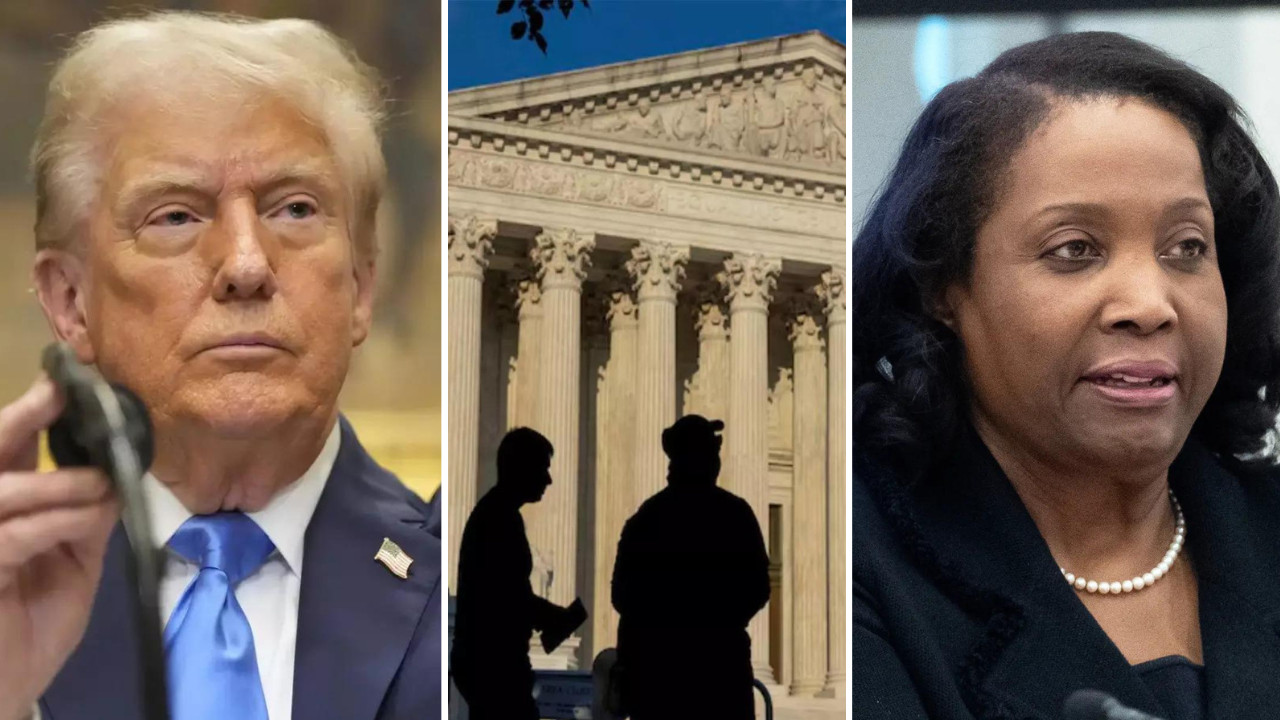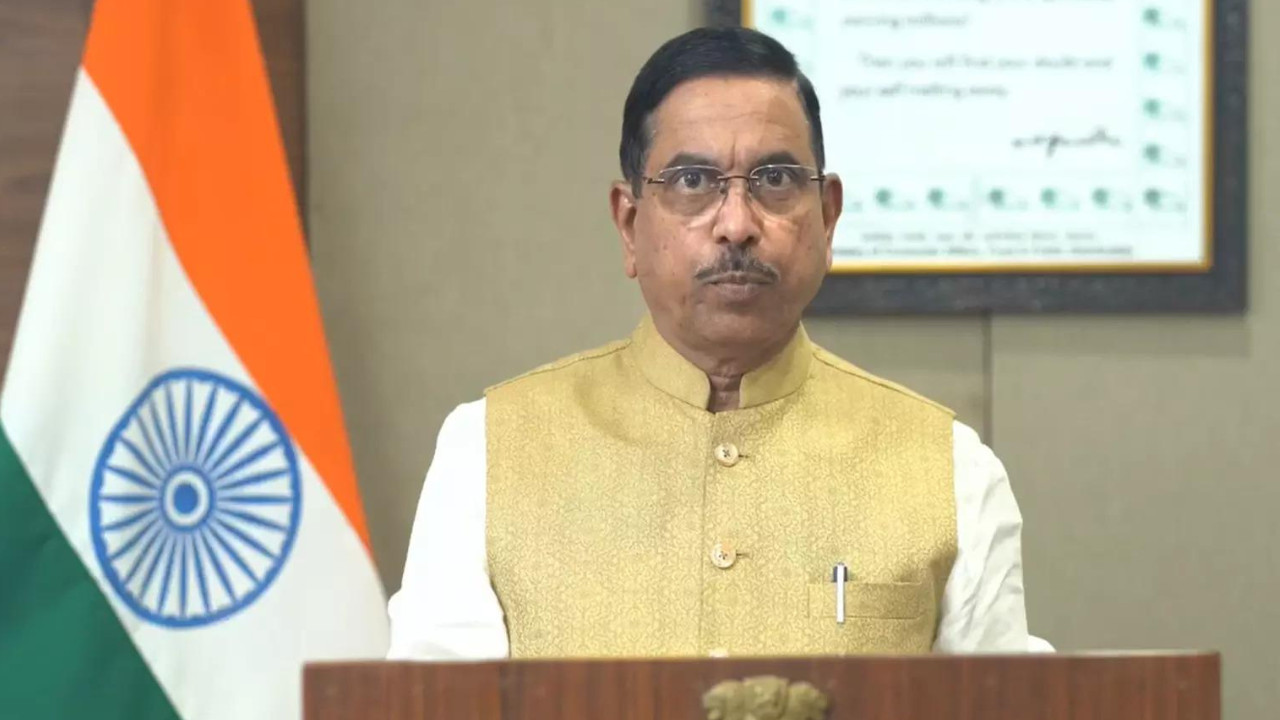The Supreme Court blocked Donald Trump’s immediate removal of Federal Reserve Governor Lisa Cook, ensuring she remains until January 2026 arguments. Trump accused Cook of mortgage fraud, but lower courts ruled her dismissal violated “for cause” requirements. This rare challenge to Fed independence highlights a broader legal battle over presidential authority to fire officials.
Lisa Cook’s Seat Secured: What the Supreme Court Ruling Means for the Federal Reserve
The temperature in Washington D.C. just dropped a few degrees, and it has nothing to do with the weather. The Supreme Court, in a move that’s sent ripples through the financial world, has effectively blocked former President Donald Trump (or any future president in a similar position) from unilaterally removing Federal Reserve Board member Lisa Cook before her term officially concludes. This decision, steeped in constitutional arguments regarding the Fed’s independence, sets a potent precedent for the future of monetary policy and the delicate balance of power within our government.
For those unfamiliar with the inner workings of the Federal Reserve, it’s crucial to understand that this isn’t just about one person’s job security. The Fed, as it’s commonly known, plays a vital role in maintaining the economic health of the nation. Its Board of Governors, composed of appointed experts like Lisa Cook, sets interest rates, regulates banks, and generally tries to steer the economy toward stable growth and low inflation.
The core of the legal challenge revolved around the question: how much control should the President have over these independent agencies? The argument, spearheaded by a conservative legal group, hinged on the idea that because the President appoints these officials, he should also have the power to remove them at will. The Supreme Court, however, didn’t buy it.

The court, without delving into the specifics of Cook’s performance, sided with the principle that the Fed needs to operate free from direct political interference. Imagine a scenario where the President could fire any Fed governor who disagreed with his economic policies. The incentive to prioritize short-term political gains over long-term economic stability would become overwhelming, potentially leading to disastrous consequences for the nation’s financial health.
Why is Federal Reserve Independence so Important?
The Fed’s independence is a cornerstone of modern monetary policy. It’s designed to shield the central bank from short-sighted political pressures, allowing it to make tough decisions—like raising interest rates to combat inflation—even if those decisions are unpopular in the short term. This independence fosters trust in the Fed’s commitment to long-term economic stability.
This isn’t to say the Fed is completely unaccountable. Congress still has oversight powers, and the Fed must regularly report to lawmakers. However, the Supreme Court’s decision reaffirms that individual governors, once appointed, are meant to serve their full terms without fear of arbitrary removal.
The Implications of the Ruling
This decision carries considerable weight. It strengthens the independence not only of the Federal Reserve but also of other independent agencies, such as the Securities and Exchange Commission (SEC) and the Federal Trade Commission (FTC). These agencies, like the Fed, are designed to operate at arm’s length from direct political control, ensuring their ability to regulate industries and enforce laws fairly and impartially.
The timing of the ruling is also noteworthy. With inflation still a concern and the economy facing various uncertainties, a stable and independent Federal Reserve is arguably more critical than ever. The decision effectively removes a potential source of instability and reinforces the Fed’s ability to focus on its core mission: maintaining price stability and full employment.
Furthermore, this ruling could influence future appointments to the Federal Reserve Board. Knowing that their positions are more secure, potential nominees may be more willing to accept appointments, even if they hold views that differ from the current administration. This could lead to a more diverse and robust debate within the Fed, ultimately resulting in better-informed policy decisions.
For more information on the inner workings of the central bank, explore our article on [Understanding Federal Reserve Interest Rate Hikes](internal-link-to-related-article).
Looking Ahead: What to Expect
The Supreme Court’s decision is a victory for the principle of Federal Reserve independence. While political debates surrounding monetary policy will undoubtedly continue, this ruling provides a crucial safeguard against undue political interference. The hearing regarding the merits of Lisa Cook’s appointment, scheduled for January 2026, will now proceed under this new legal landscape, focusing on her qualifications and performance rather than the President’s removal power. The American public can expect a Federal Reserve that is better insulated from political whims and more focused on its long-term economic goals. This decision underscores the importance of a stable and independent central bank in navigating the complexities of the modern economy and highlights the lasting impact of judicial decisions on the nation’s financial landscape.







